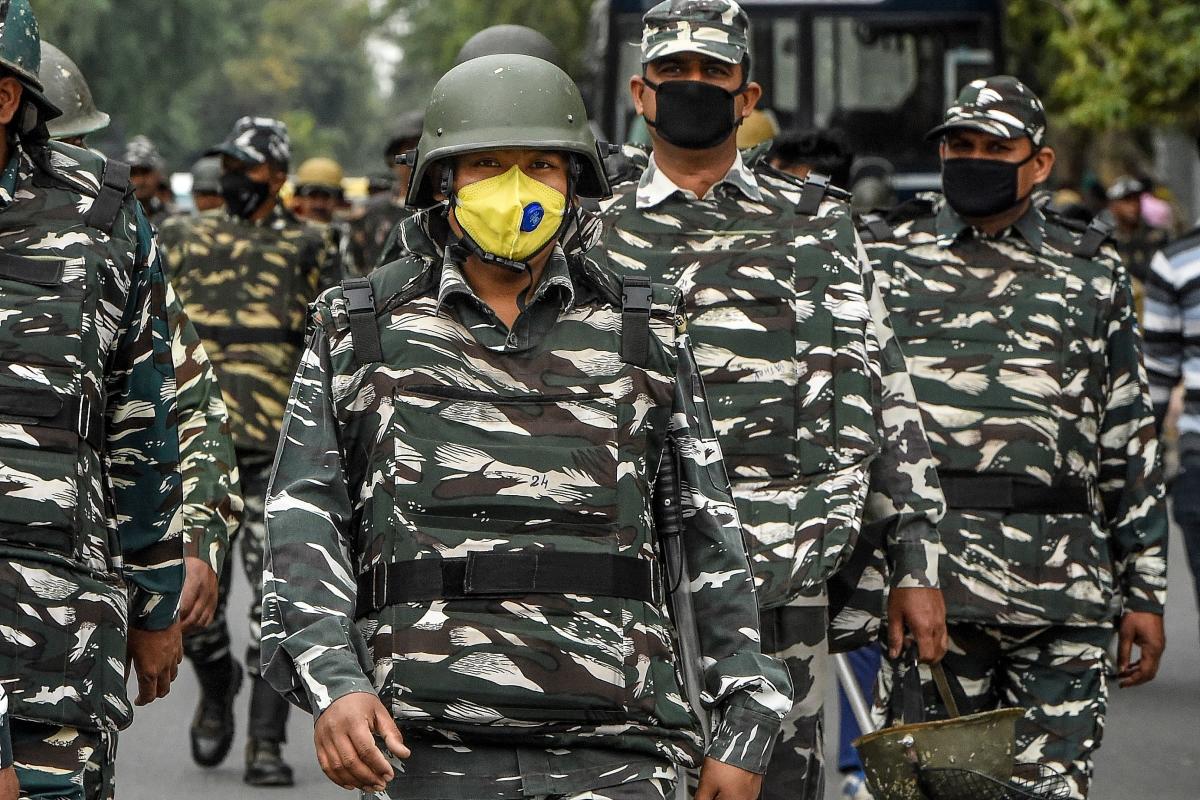This article written by a serving Army officer discusses the deployment of the armed forces during the time of disasters.
A furious debate rages on, on the extent and timeliness of the deployment of the armed forces when the nation is faced with natural disasters or what is typically known as “aid to civil authorities”. The majority of the intellectual and veteran community feels that the armed forces must be deployed at the very last, as a fail-safe measure when every other state organ has been stretched to its limit. There are three arguments made to bolster this claim. One, that the primary task of the armed forces is external (waging conventional war against state based adversaries) and to an extent internal (counterterrorist or counterinsurgency campaigns mostly against violent non-state and proxy actors), and that any additional deployment weakens their operational posture. The second reason is that since there are a number of agencies that have specifically been created to deal with natural and man-made disasters like the National Disaster Management Authority (NDMA) and similar agencies at the Central and State levels, employing the armed forces as first responders for major catastrophes serves to underscore the redundancy of these agencies. Thirdly is the notion that the defence forces have not been trained for handling such natural disasters or pandemics, one of which we are facing now in the form of Covid-19. All these statements have elements of truth, but are based on archaic notions of national security and understanding of disasters as localised.
National security was conventionally understood as dealing with similarly bounded territorial states, and its management was relegated to the defence apparatus, whether initiating or defending from external aggression. This apparatus itself was huge and not limited to the fighting force. A number of civilians were engaged in manufacturing and supply of armaments, rations, uniforms, etc. It was, however, understood that only armed forces personnel were legitimate targets. This notion was later codified into the laws of armed conflict (LOAC) such as the Geneva and Hague Conventions dealing with military necessity and proportionality. With the advent of violent non-state actors challenging the states’ monopoly over violence, civilians themselves started being treated as legitimate targets and the armed forces were brought in to conduct counterterrorist and counterinsurgency operations. National security was redefined. Meanwhile, natural and man-made disasters have necessitated the deployment of armed forces mainly for evacuating people in distress and distributing rations and medical supplies. In these situations, there is an understanding of a distributed responsibility, with law enforcement coming under the local authorities and the armed forces functioning strictly under the District Magistrate/Collector. This, however, is based on the presumption of disasters being localised.
The outbreak of Covid-19 has forced a relook at the concept of national security as it obtains today. There was already an attempt to redefine the concept and integrate into it the outcomes of climate change, influence operations, “autark”isation of national economies and hyperglobalisation, making it more amorphous in nature. The coronavirus outbreak has accelerated the change and a more holistic understanding of national security has emerged, that of a Whole of Government approach. The global nature of the pandemic, which has affected state and society, has blurred lines between the civil and military too. Various advisories by bodies such as the World Health Organization (WHO) and the Indian government’s Ministry of Health have emphasised the containing of the outbreak as the most crucial step, as no vaccine is still available. Containment of a 1.3 billion population along with the attendant tasks of food supply, establishment of supply chains, riot control, law enforcement, medical facilities and evacuations will require and are being implemented by the armed forces. In this case, there is no question of the first and last line of defence. If the entire force of the state is not utilised for containing the virus outbreak at the very start, which incidentally also affects the armed forces personnel, there very well might not be a line to defend.
Apart from the regular armed forces, the Central Armed Police Forces (CAPFs) are also being deployed for law enforcement duties, as the local police authorities have been overused and a prolonged deployment of the same set of people will lead to mental and physical fatigue, which itself has a number of related problems.
As of now, the armed forces have been utilised for creating and setting up quarantine zones, establishing medical facilities, creating labs for testing, ramping up number of Intensive Care Unit (ICU) beds and isolation wards, distributing rations, awareness campaigns in remote areas and evacuation of Indians and other foreigners stranded within India and abroad. The medical authorities within the armed forces have already dedicated 19 hospitals and 4,182 ICU beds for Covid-19 patients, both for personnel as well as civilians. Additional 31 hospitals and 4,856 ICU beds are ready to be converted for taking on additional cases. Dedicated labs have already been set up to test for corona positive cases. In case of riots and issues of law enforcement, they will be deployed to assist in these situations too. The major specialisations of the armed forces in communications, supply chain management, inventory management, medical expertise, engineering support will and are being used to assist the government efforts to combat the spread. The training and discipline of the personnel, conditioned to function in sustained operations in adverse scenarios, is the one of the most important assets that will come in handy, once the system starts showing signs of overload. It is pertinent that the armed forces be seen as equal partners in fighting this outbreak, and a new template be developed to integrate the forces into the Whole of Government approach for future contingencies.
Lt Col Akshat Upadhyay is a serving Army officer posted at Army HQ. He is the author of Coercive Diplomacy Against Pakistan (KW Publishers) and has published a number of papers in peer reviewed academic journals.

